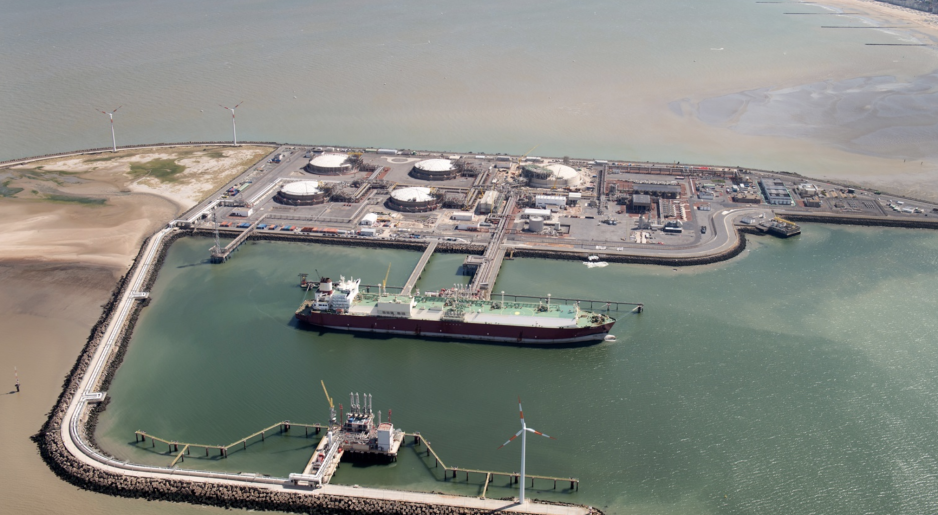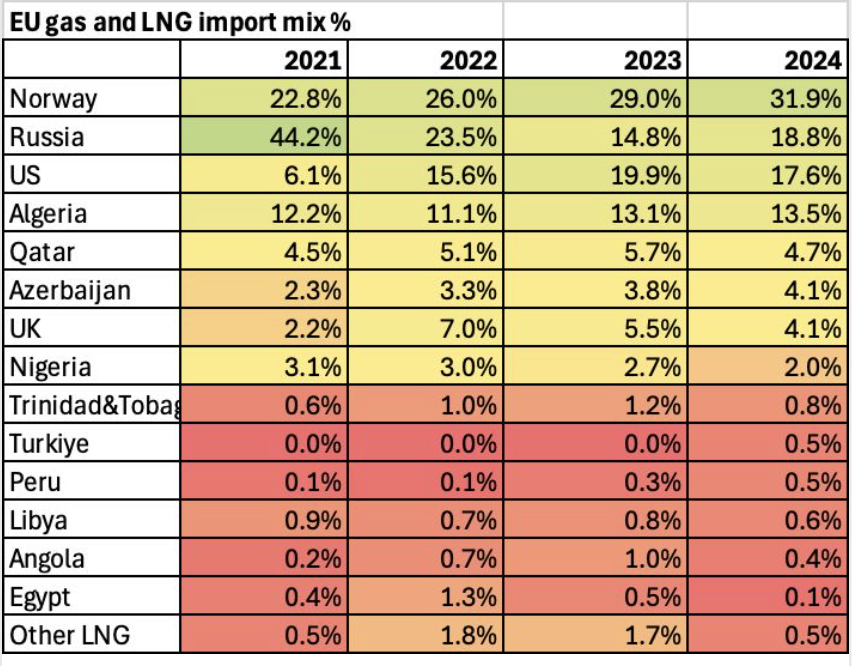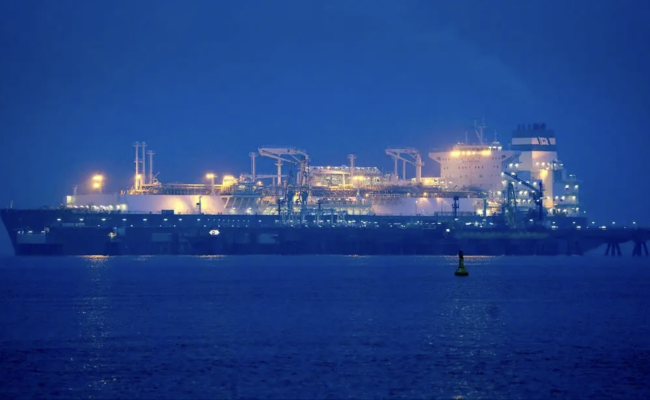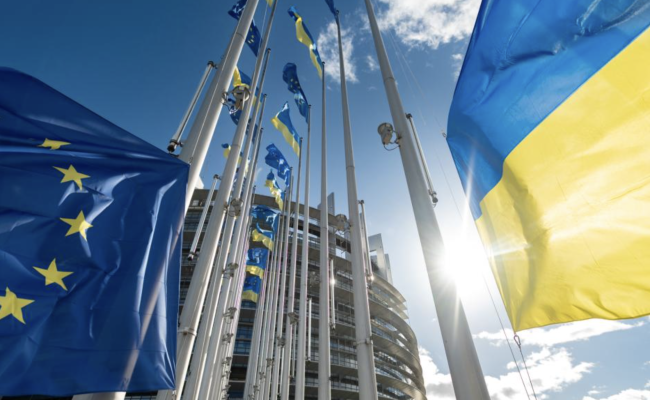EU Proposes Russian Gas Ban for 2027 But Imports on the Rise Again, Norway Remains Top Supplier

Fluxys' Zeebrugge terminal in Belgium. (Source: Fluxys)
After years of debate the European Commission aims to ban Russian gas by the end of 2027. How the proposal will be received across EU capitals remains to be seen, especially in light of recently rising gas imports from Russia. Meanwhile Norway solidly remains the largest supplier providing nearly one-third of EU gas.
The European Commission announced its new roadmap for ending Russian energy imports on Tuesday. Brussels plans to introduce binding legislation next month to halt sales of pipeline gas and liquefied natural gas under short-term spot sales by the end of 2025.
A ban on imports under existing long-term contracts would follow by the end of 2027.
It is far from certain that the Commission’s proposal will find the required political support across EU capitals. After initial momentum in 2022 and 2023 to continually reduce gas imports from Russia, deliveries have been on the rise again in 2024.
Some political and industry voices have also, over the past several months, expressed consideration for a scaled-down return to Russian gas in the future.
In 2024 Russia supplied 18.8 percent of the bloc’s gas needs, up from 14.8 percent the year prior, a nearly 20 percent increase. Figures show a substantial drop during the initial period following the full-scale invasion of Ukraine, but efforts have since flatlined.
Imports of Russian LNG, primarily from the Yamal LNG plant in the Arctic, have continuously increased over that period.

EU gas and LNG imports from 2021 to 2024. (Source: IEEFA)
Norway continues to cement its new position as the continent’s largest gas supplier, nearly growing its share by 50 percent since 2021. Last year Norwegian gas and LNG supplies accounted for 31.9 percent of the EU’s imports up from 22.8 percent three years earlier.
Can the Commission’s proposal succeed?
The Commission’s proposal comes after several years of individual policy initiatives by officials or member states; none of which led to concrete action in Brussels.
High gas prices at the time and tight global LNG supply meant little appetite for further energy cost-related pain across European capitals.
But slowing international demand and a host of new plants coming online has improved the supply and demand equation and in turn may allow the Commission to find sufficient support for its roadmap.
“While some uncertainty remains about the timing for the new LNG projects to become operational, [...] the phase out of Russian gas imports is expected to have limited impact on European energy prices and security of supply,” the Commission explained in its announcement.
The EU could safely complete the phase out of the remaining Russian gas
In the short term new world market capacity will suffice to phase out Russian sales on the spot market by the end of this year.
“As the global balance improves [even further] the EU could safely complete the phase out of the remaining Russian gas currently under long-term contracts [by end of 2027],” the document elaborates further.
Time running out for Yamal LNG
The ban of Russian gas will directly affect the country’s largest liquefied gas project, Yamal LNG. Currently around 80 percent of the plant’s production is shipped to and sold on the EU market.
Major European energy companies, including France’s TotalEnergies and Germany’s SEFE, are importers of the supercooled gas.
Following a recent EU-wide ban on transferring Russian LNG in European ports trade patterns have begun to shift with traffic moving toward the French ports of Montoir-de-Bretagne and Dunkerque.

Svitlana Romanko is the Founder and Director of the Ukrainian campaign group Razom We Stand, which grew out of the successful #StandWithUkraine campaign to end the global fossil fuel addiction that feeds Putin’s war machine. (Photo: Razom We Stand)
New data indicate that imports at the two terminals are up 25 percent and 17 percent respectively during the first four months of 2025 over the same period last year. Dunkerque alone accounted for 60 percent of Russian LNG deliveries to Europe during that time.
Too little too late?
Advocates of phasing out Russian gas lament that it has taken the EU more than three years to devise these concrete steps.
“We welcome this attempt to further curtail European money transfers to Russia's war chest through EU energy purchases. Yet it is unacceptable that more than three years into Russia’s full-scale war, the EU still refuses to commit to ending purchases on the spot market or setting earlier deadlines for ending LNG gas imports from Russia,” says Svitlana Romanko, Founder and Executive Director of Razom We Stand, a Ukrainian campaign fighting to cut off Russia’s money supply from energy sales.
Since the start of the full-scale war EU member states have collectively spent more on Russian energy imports than aid for Ukraine, a fact Energy Commissioner Dan Jorgensen reiterated during remarks about the proposed Roadmap.
In 2024 alone the EU bought Russian LNG worth 7 billion Euro.
"Since February 2022, we've actually spent more money buying fossil fuels from Russia in the EU than we've given in aid to Ukraine," he said.
"Obviously, that will not stand," he concluded.



